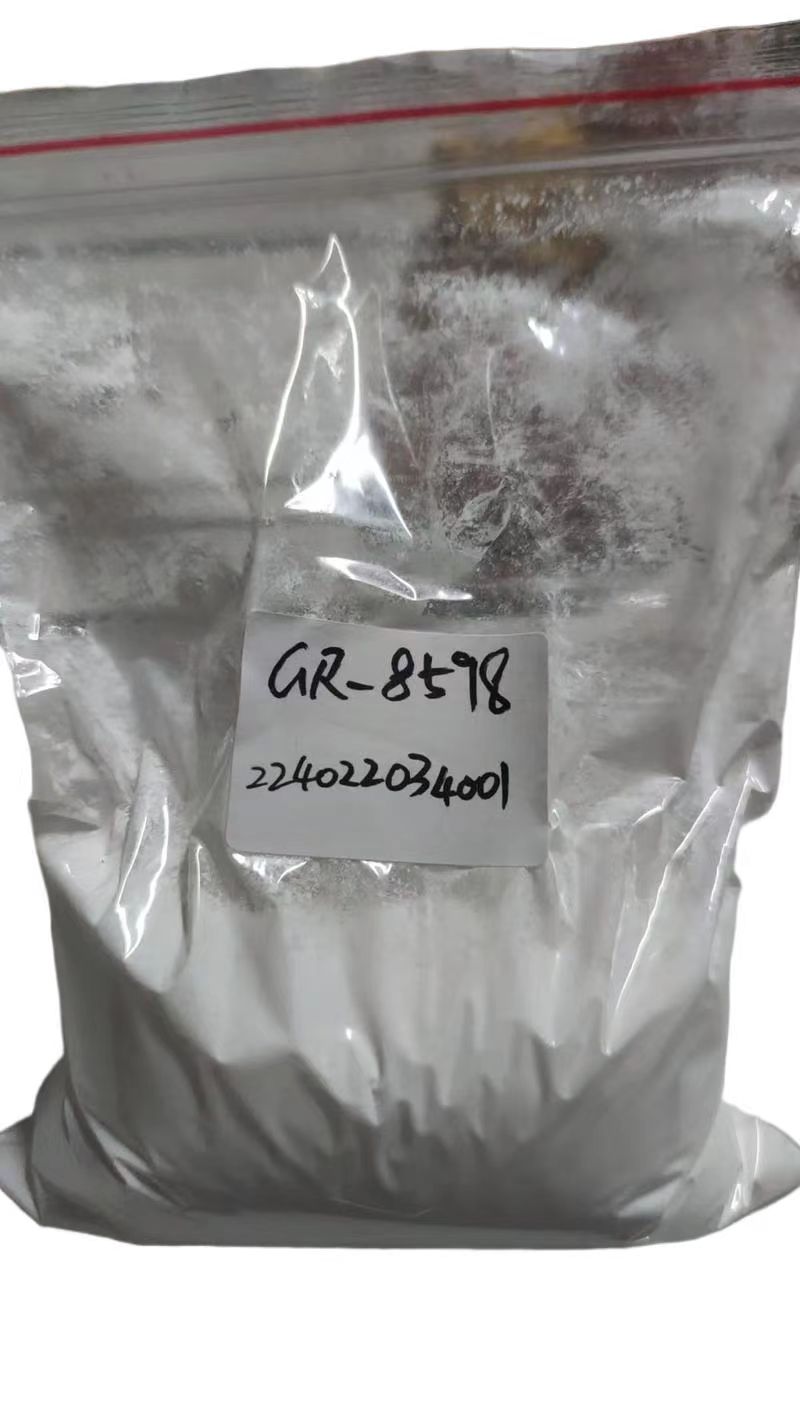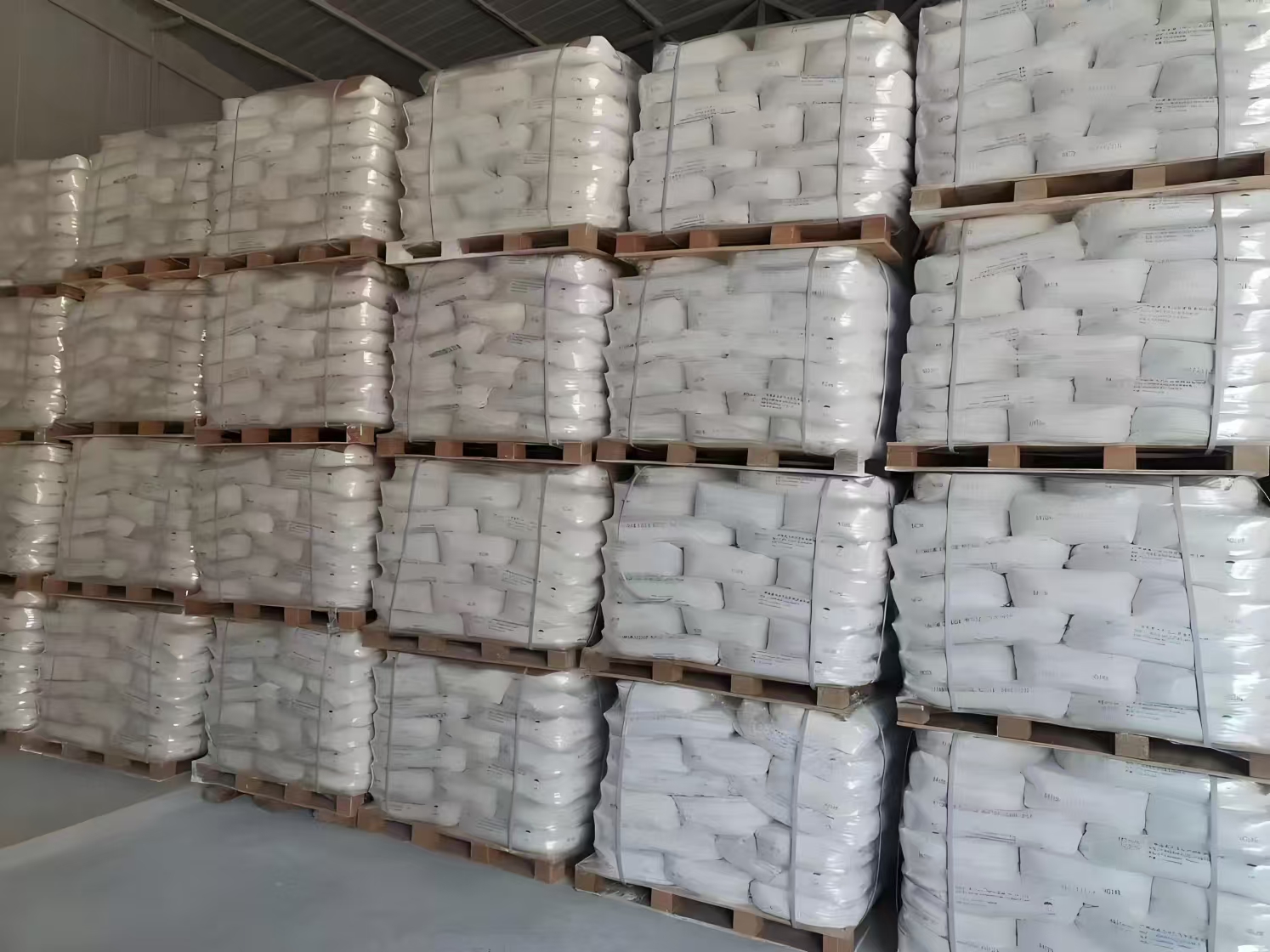titanium dioxide (titanium dioxide) is an important inorganic chemical pigment, the main component of titanium dioxide. The production process of titanium dioxide has two kinds of process routes: sulfuric acid method and chlorination method. [1] It has important uses in coating, ink, paper making, plastic and rubber, chemical fiber, ceramics and other industries.

The chemical properties of titanium dioxide are extremely stable, and it is a kind of acidic amphoteric oxide. Almost no reaction with other elements and compounds at room temperature, oxygen, ammonia, nitrogen, hydrogen sulfide, carbon dioxide, sulfur dioxide are not effective, insoluble in water, fat, nor soluble in dilute acid and inorganic acid, alkali, only soluble in hydrofluoric acid. However, under the action of light, titanium dioxide can undergo continuous REDOX reaction and has photochemical activity. This kind of photochemical activity is particularly obvious under ultraviolet irradiation of anatase titanium dioxide, which makes titanium dioxide both a photosensitive oxidation catalyst for some inorganic compounds and a photosensitive reduction catalyst for some organic compounds.
Quality standard
TiO2 content: ≥97%
Brightness: ≥95%
Achromatic power: ≥100
105℃ volatile matter: ≤0.5%
pH of water suspension: 6.0-8.0
Oil absorption: ≤24g/100g
Sieve residue (0.045mm sieve) : ≤0.05%
Water extract resistivity: ≥60Ω·m
Rutile content: ≥97%
Packing: 25kg multi-layer paper bag (inner plastic bag), or 1000kg large bag.
